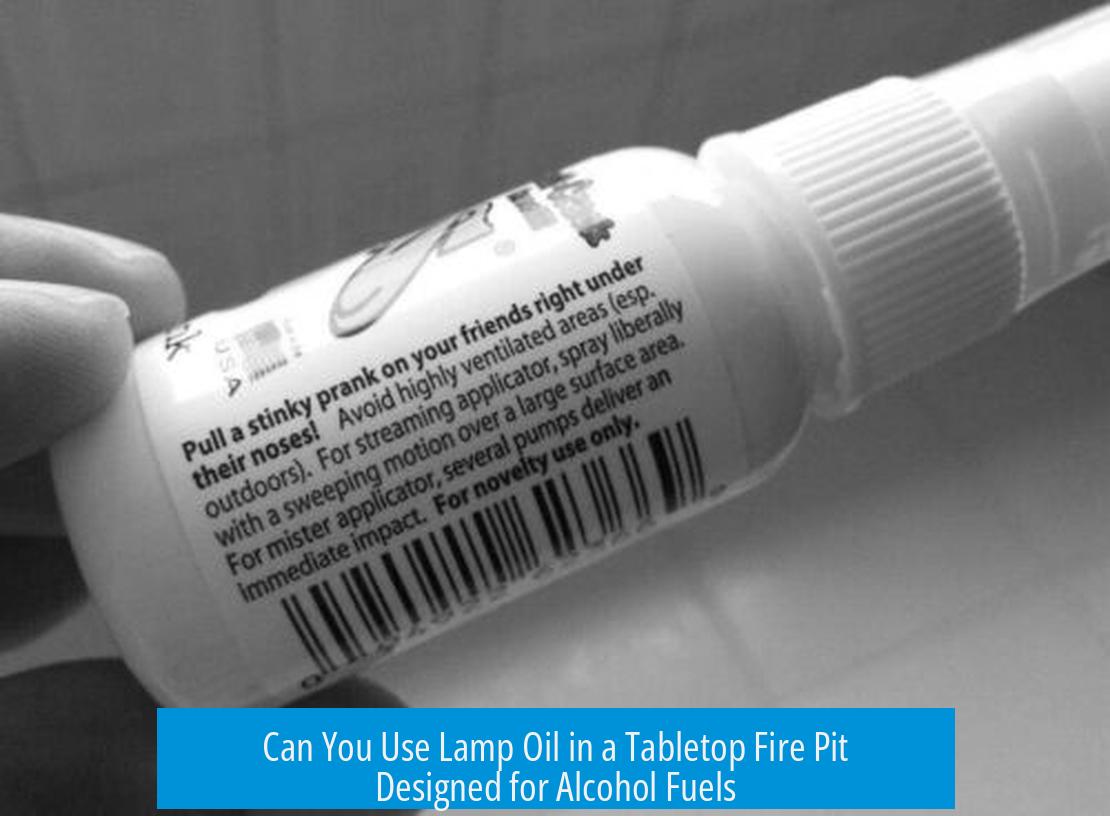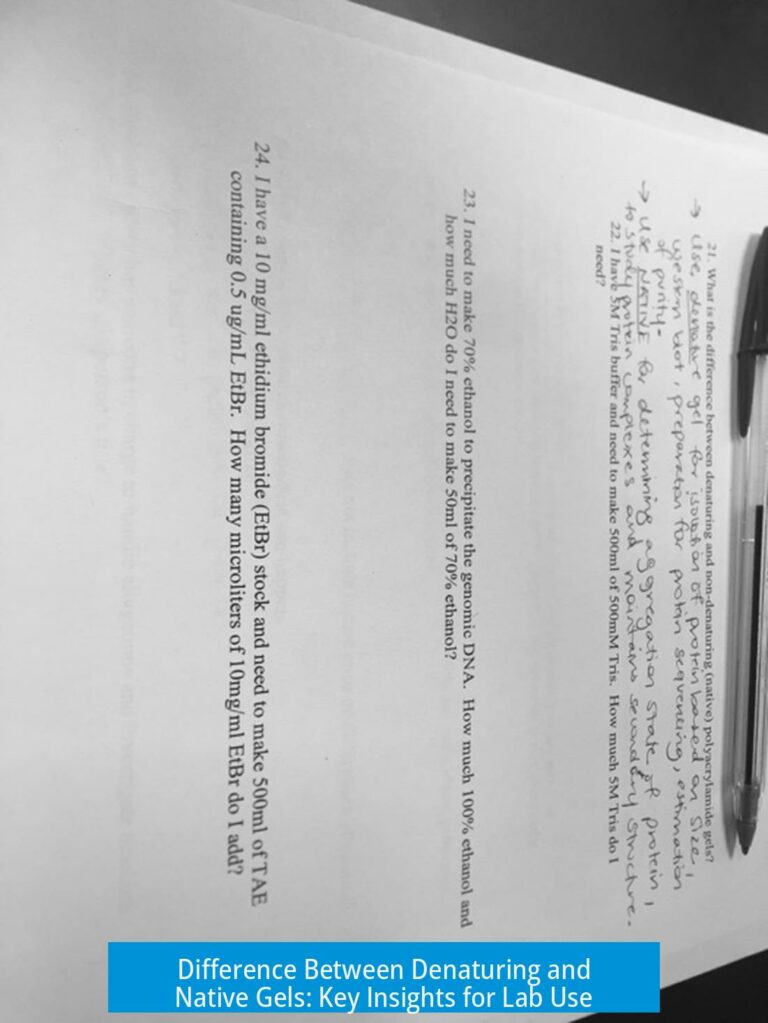Can You Use Lamp Oil in a Tabletop Fire Pit Designed for Alcohol Fuels?
Tabletop fire pits requiring isopropyl alcohol or ethanol should not use lamp oil as fuel. Lamp oil differs significantly from alcohol fuels in terms of burning characteristics, safety, and compatibility with these devices.
Why Alcohol Fuels Are Recommended
Tabletop fire pits call for very clean-burning fuels. Isopropyl alcohol (IPA) and ethanol fulfill this requirement by producing a clean flame with little to no soot. Their flash points are low—around 12°C—which ensures the fuel vaporizes easily and ignites safely at room temperature.
- Burn cleanly without residue
- Ignite easily due to low flash point
- Safe and stable when used as intended
Why Lamp Oil Is Unsuitable
Lamp oil has a higher flash point (above 60°C). This means it vaporizes slower and is harder, less stable to ignite compared to alcohols. It also burns with a hotter, smokier flame, producing soot that soils fire pit components and glass panels.
Additionally, lamp oil depends on a wick to burn. Tabletop fire pits designed for alcohol fuels lack these wicks, so lamp oil won’t sustain a flame properly.
“Lamp oil stinks, burns hotter, produces soot, and can damage your fire pit.”
Performance and Safety Implications
| Fuel Type | Flash Point | Flame Cleanliness | Ignition Ease | Compatibility with Tabletop Fire Pits |
|---|---|---|---|---|
| Isopropyl Alcohol (IPA) | ~12°C | Clean, no soot | Easy | Recommended |
| Ethanol | ~12°C | Clean, no soot | Easy | Recommended |
| Lamp Oil | >60°C | Produces soot | Hard, unstable | Not recommended |
Alternative Fuel Options
Besides IPA and ethanol, some users consider Sterno gel for longer-lasting, clean burns. However, any alternative fuel should be verified with the manufacturer’s instructions. Non-alcohol fuels like olive oil or lamp oil are unsuitable.
Manufacturer Guidelines and Safety
Following manufacturer recommendations ensures safe and optimal performance. Deviating from suggested fuels like IPA or ethanol may void warranties and lead to damage or unsafe conditions.
Key Takeaways
- Use only isopropyl alcohol or ethanol in tabletop fire pits designed for alcohol fuels.
- Lamp oil is incompatible due to its high flash point, soot production, and wick requirements.
- Using lamp oil risks damage, unstable flames, and soot buildup.
- Follow manufacturer fuel guidelines strictly for safety and performance.
- Consider Sterno gel only if supported by product instructions.
Can I use lamp oil in a tabletop fire pit designed for isopropyl alcohol or ethanol?
No. Lamp oil is not suitable for these fire pits. It burns hotter, produces soot, and has a high flash point, making ignition unstable and unsafe.
Why is isopropyl alcohol or ethanol recommended instead of lamp oil?
Isopropyl alcohol and ethanol burn cleanly with little soot. They have low flash points, allowing easy ignition. Lamp oil burns with more smoke and requires a wick.
What happens if I use lamp oil in an alcohol-fueled tabletop fire pit?
It may not ignite well, produce soot, and could damage the fire pit. Lamp oil’s flame is hotter and unstable, risking safety and voiding manufacturer guidelines.
Are there any alternatives to isopropyl alcohol and ethanol for tabletop fire pits?
Sterno gel is a possible alternative. It burns longer and cleaner but always check manufacturer recommendations before use.
Does lamp oil require special equipment to burn properly?
Yes. Lamp oil needs a wick to burn correctly. Tabletop fire pits designed for alcohol fuels don’t have wicks, so lamp oil won’t burn properly.





Leave a Comment